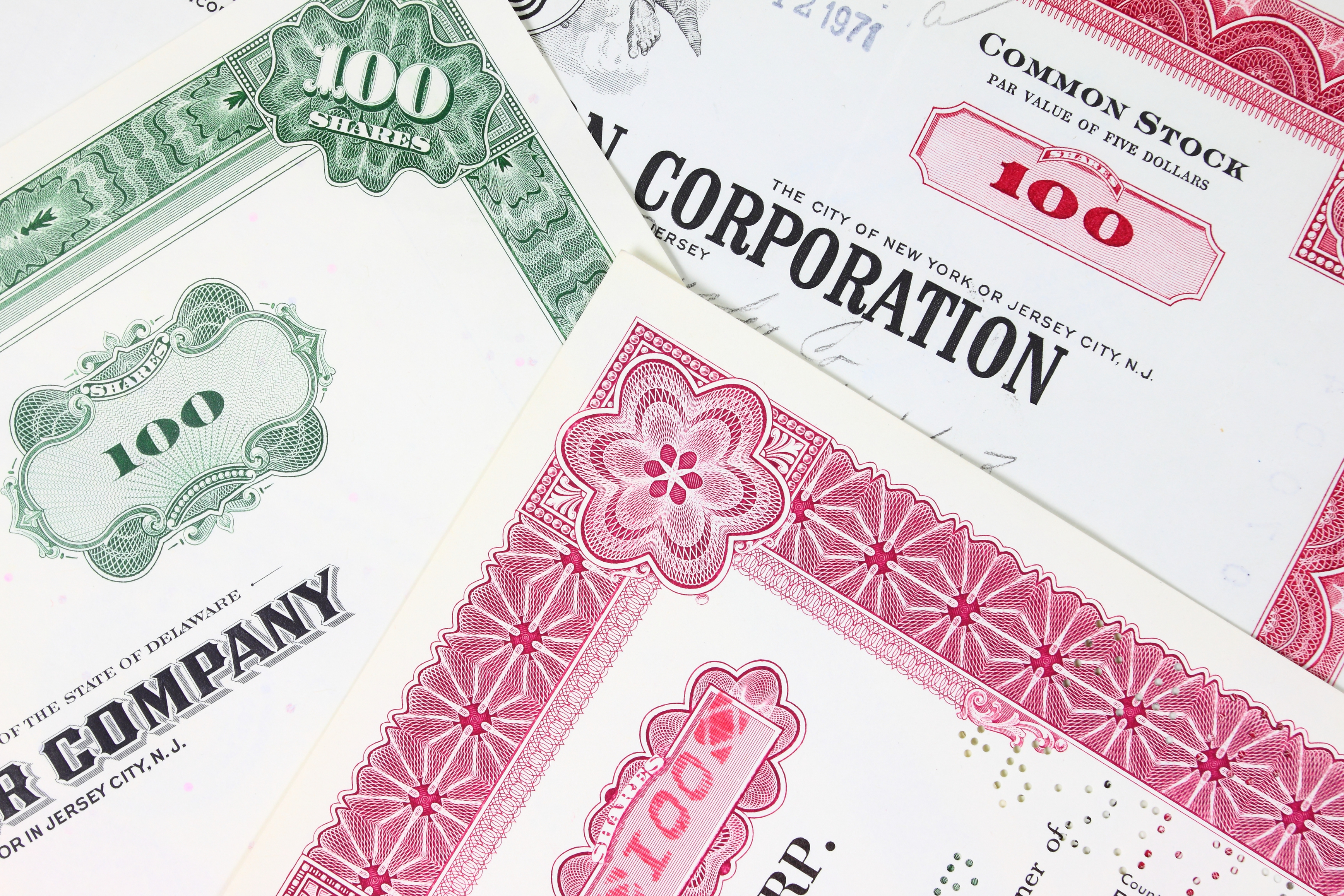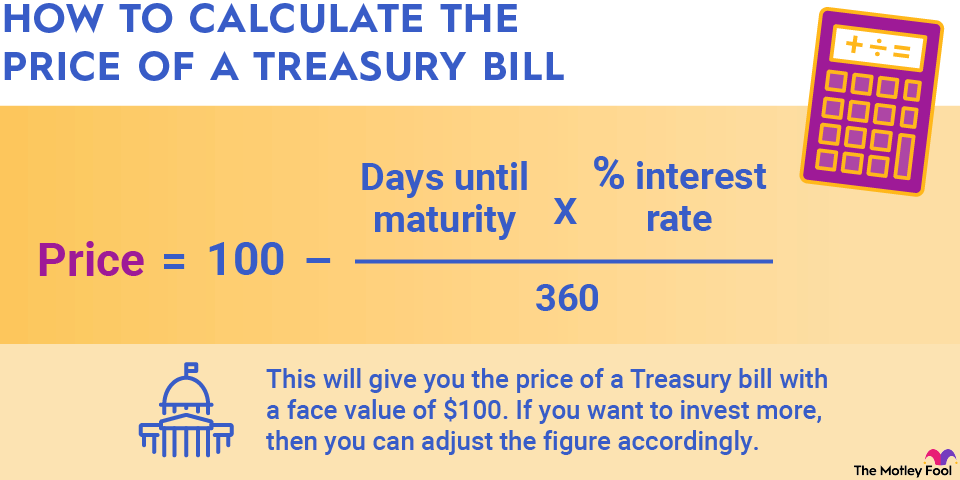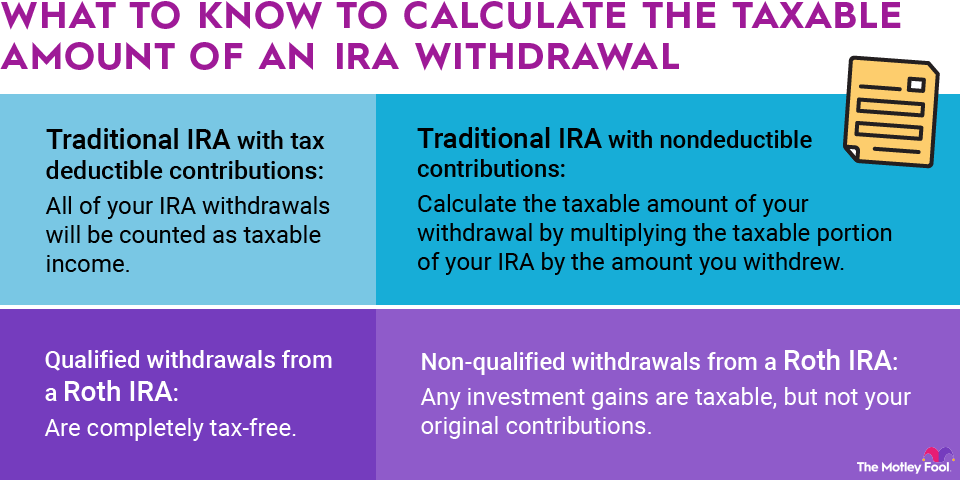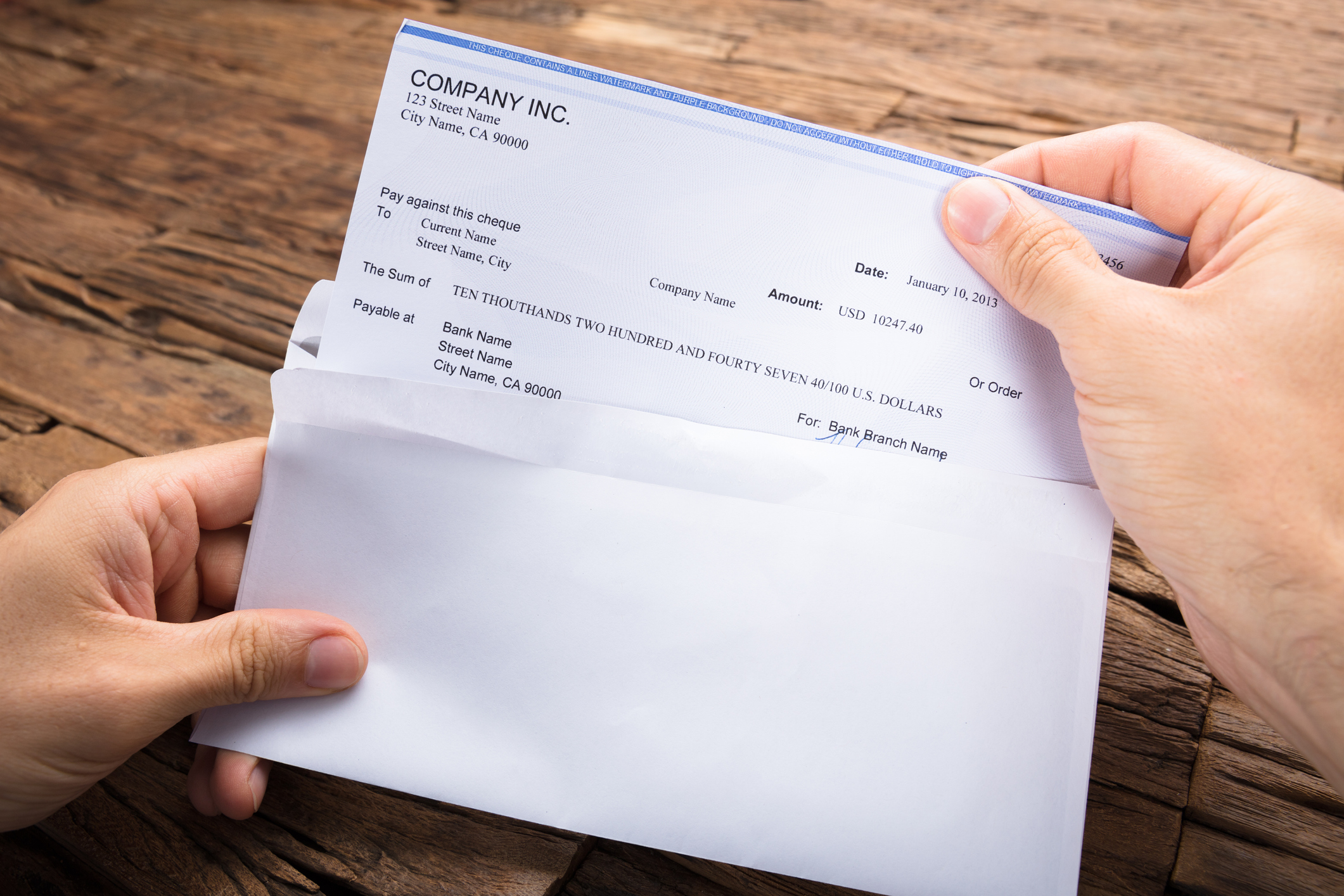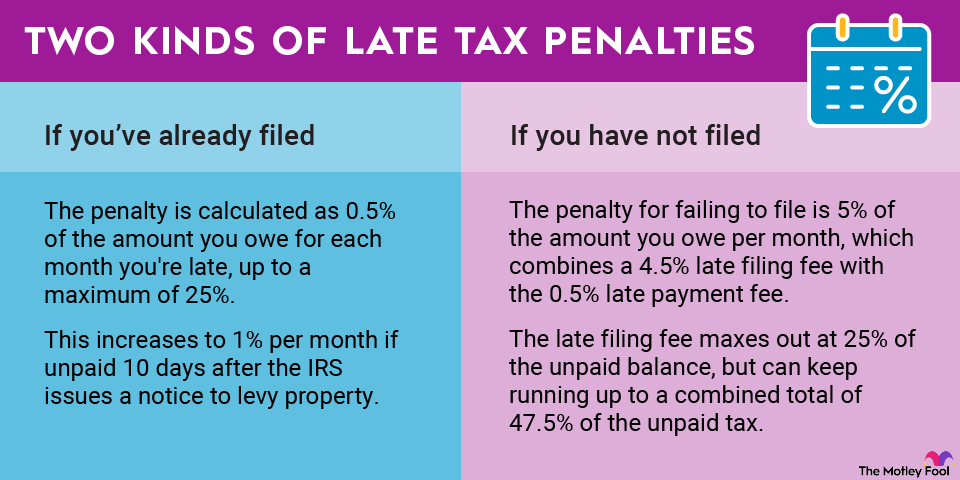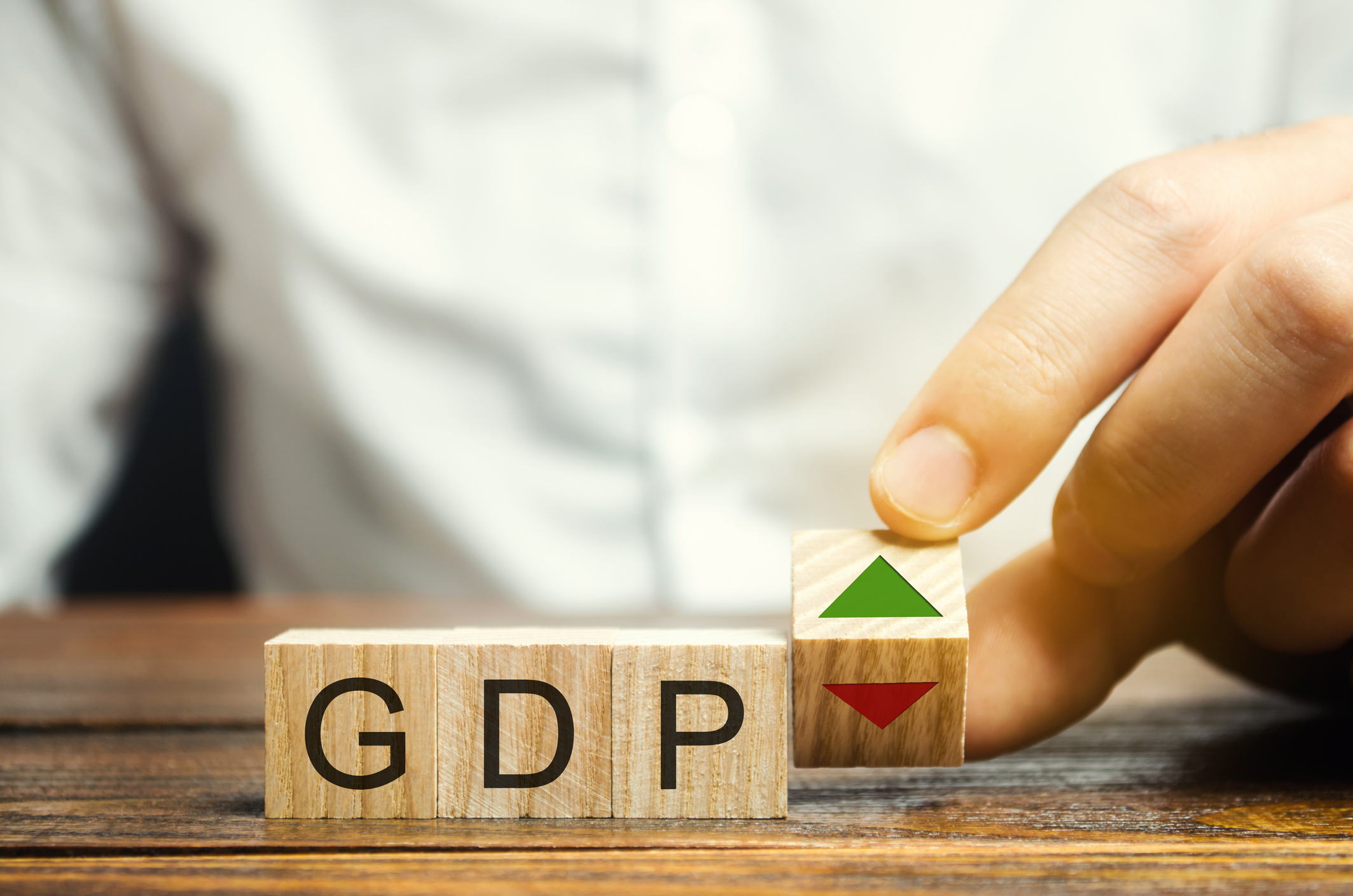The power of compounding is one of the most important tools that investors have at their disposal. Thanks to compounding, even small amounts of money can grow into huge savings over the long haul. By knowing how to calculate the impact of compounding on a lump sum given a projected interest rate, you can have a better sense of just how far your savings might go in the future.
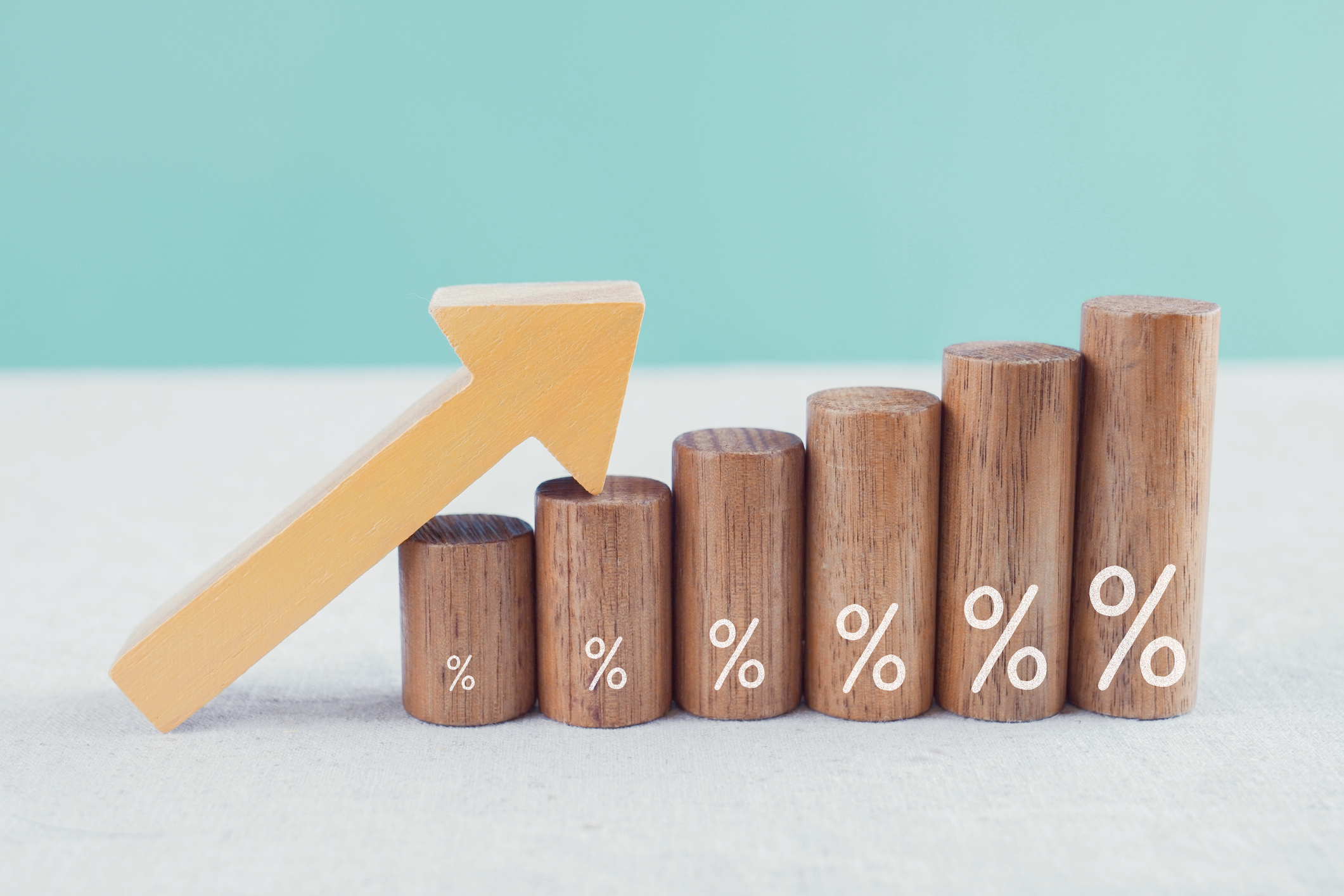
The basics of compounding
Before turning to the math, it's useful to go through the basic concept behind compound returns. The most important aspect of compounding is the idea that when you reinvest the investment income and gains that you earn back into your investment account, those reinvested funds also earn a return going forward. The further into the future you go, the more of your total account balance represents money that you earned as a return at some point along the way.
For instance, take a simple example in which you have $100 and an opportunity to invest it at 10% for the long term. At the end of the first year, your $100 will have generated a 10% return, rising in value by $10 and totaling up to $110. The next year, however, you won't just earn $10. Instead, you'll earn $11 because you'll get the 10% return not just on your original $100 investment but also on the $10 in returns from the first year. Similarly, by the third year, you'll be earning 10% on $121 rather than $100. As time goes by, your account balance will go up exponentially rather than linearly.
How to do the calculation on a lump sum
To calculate the effect of compounding on a lump sum, you need to know the amount of the lump sum, the rate of interest for your return, and the number of years you expect to invest. Once you have those figures, the calculation is relatively simple.
First, take the assumed rate of return and turn it into a decimal. For instance, if you're assuming a return of 8% annually, you'll turn that number into 0.08. Then, add one, making the example 1.08.
Finally, raise the number to the power of however many years you'll hold your lump-sum investment. For example, to calculate compounding over a 10-year period, you'd take 1.08 and raise it to the 10th power. That yields 2.159. Finally, multiply the result by the lump sum. If the initial lump sum investment was $100, then the final answer would be $215.90.
The final lump-sum figure follows fairly simple rules. A larger initial investment, a higher interest rate, or a longer period will boost the size of the eventual lump sum. A smaller initial investment, lower interest rate, or shorter period will tend to shrink it.
The lesson to take from calculating compounding on a lump sum is that investing for the long haul can be extremely powerful. By setting expectations in advance on how much you can earn from your retirement funds, you'll be in a better position to create realistic goals to achieve in your retirement planning.




